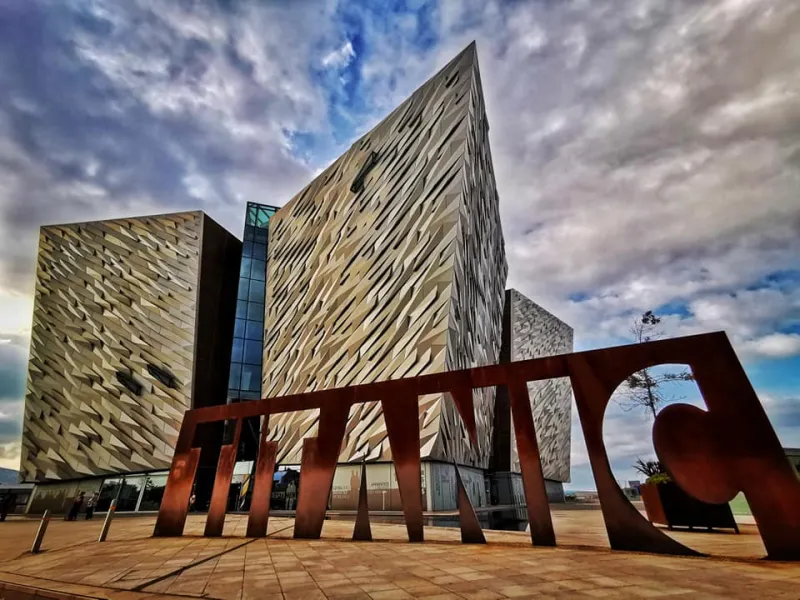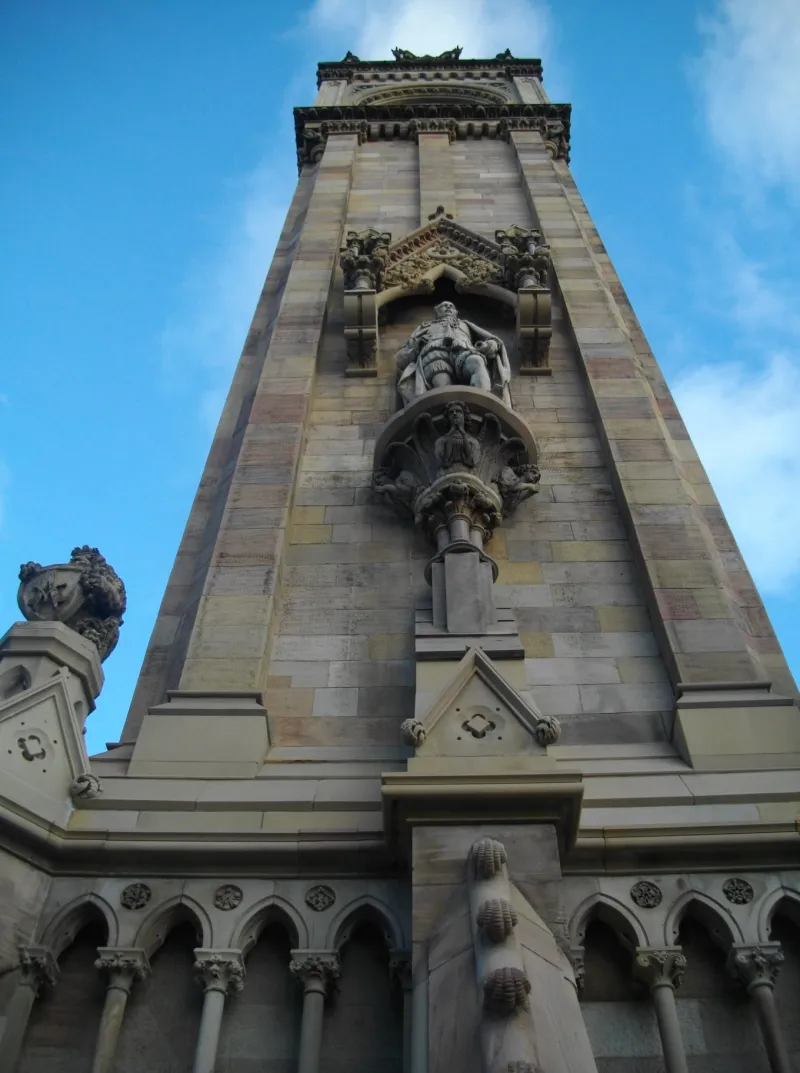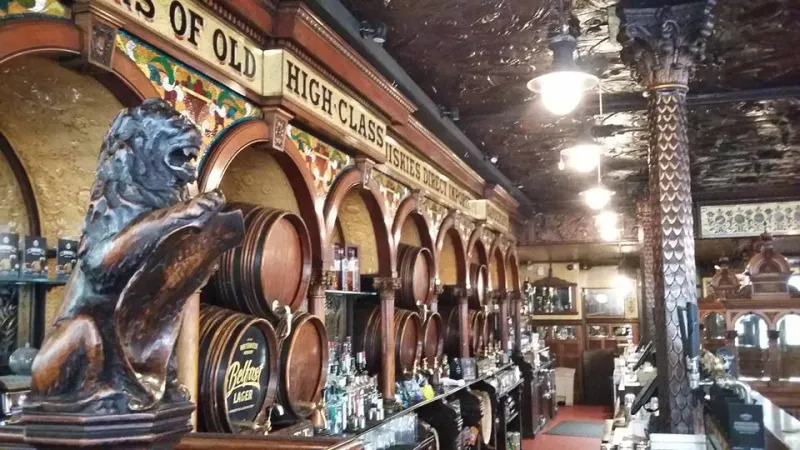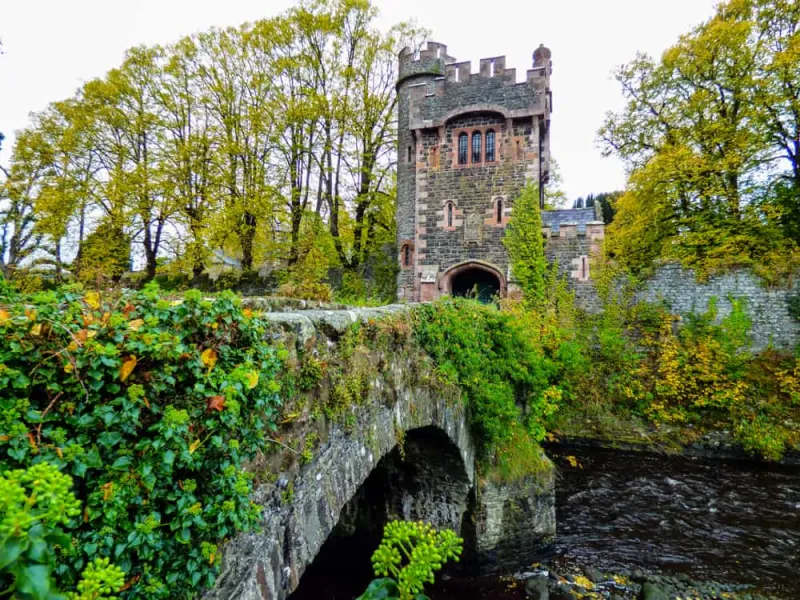Belfast Cruise Port Guide Info
Belfast is the capital and largest city of Northern Ireland, standing on the banks of the River Lagan on the east coast. The population of Ireland reaches the number of nearly half a million people, and after the big industrialization and inward migration, the city became Northern Ireland’s biggest city.
By the early 19th century, Belfast was a major port. It is also the world’s largest dry dock and the place where Titanic was made in the famous Harland and Wolff shipyard. Belfast played a key role in the Industrial Revolution in Ireland, becoming briefly the biggest linen- producer in the world. “Linenopolis” was its nickname back then. It was successful in rope-making, too. Clearly, it became a wealthy city, which can be recognized throughout Belfast in the Edwardian and Victorian architecture. The economy nowadays is prosperous and Belfast could repeat the success from the past.

Places to visit in Belfast:
Donegall Square is in the center of Belfast. The name comes from the Donegall family. Other places that bear their name are Donegall Road, Donegall Pass and Donegall Street. The most main streets are coming out from that square, like blood vessels from the heart of the city. It is a home to City Hall, with an elaborate tower at each corner. The Titanic Memorial is in front of this Hall, standing high to tell the unfortunate story of the ship built in the nearby Harland & Wolff shipyard.
Albert Memorial Clock was built between 1865 and 1869, for the competition in designing of a memorial to Queen Victoria’s late Prince Albert. It is 113 feet (around 35 meters) tall, and it has got the statue of the Prince as a Knight of the Garter. Also, a two-tone bell is housed in the tower. It is even more famous because the tower leans four feet off the perpendicular, and the reason for that is building it on wooden piles on marshy land around the River Farset.

Waterfront Hall is a modern concert and conference center and part of the initiation to revitalize the waterfront area. Its extensive panoramic views across the city from the glass-enclosed platform are stunning, considering the location by the river Lagen.
Crown Liquor Saloon is a recognizable landmark of Belfast, an outstanding example of Victorian gin palace and one of Northern Ireland’s best-known pubs. Its multi-colored tiled façade is refurbished in 1885 and it still looks like when it was first built over a hundred years ago. Many film and television productions used it as an attractive location.

Grand Opera House is a monument in Victorian style, dating from 1895 and Ireland’s premier theater.
Most visited places beyond Belfast:
The Murals, made in the time of the ‘Troubles” expressing the affiliations. Photographers enjoy in all those stories with lots of colors on the gable ends of the houses.

Falls Road and Shankhill Road are there to whisper the stories of one time, the stories of the rioting during the troubled times. The gates that once were installed to prevent the conflict between the Protestants and the Catholics are still there, as a reminder of the troubled times.
Parliament Building, made of Portland stone and Mourne granite at the end of a majestic one-mile-long avenue.
Botanic Gardens with its variety of plant species, including rose gardens, palms and many tropical trees.
Cave Hill Country Park is a rocky hill overlooking the city of Belfast with a height of 368 meters, marked by cliffs and caves. All of Belfast can be seen from its peak. It is also home to many ring forts, a heritage from The Iron Age.

Londonderry is the second-largest city in Northern Ireland. The old walled city lies on the west bank of the River Foyle and dates from the 6th century.
The Ards Peninsular is the richest farmland in Ireland. It is a scenic area, with an attractive coastline, and the largest sea inlet in the British Isles.

Antrim Coast is an area of County Antrim, designated as an Area of Outstanding Natural Beauty, one of the loveliest and most spectacular in Europe.
Giant’s Causeway is an area of about 40,000 basalt columns, the result of an ancient volcanic fissure eruption. It was declared a World Heritage Site by UNESCO in 1986. The tops of the columns form stepping stones that lead from the cliff foot and disappear under the sea. Most of the columns are hexagonal, although there are also some with four, five, seven or eight sides. According to legend, the columns are the remains of a causeway built by a giant.
Lisburn is to the south of Belfast and is home to the Irish Linen Center, and holds the artifacts related to the Irish Linen Industry.